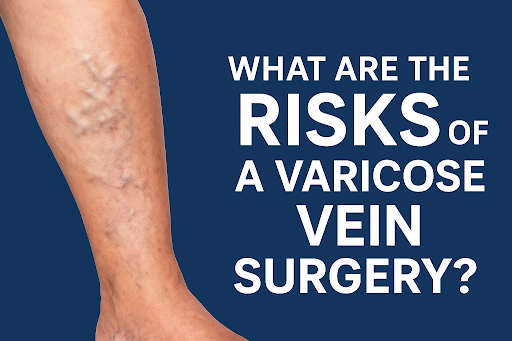Knee pain can be a real discomfort, but have you ever experienced pain specifically behind your knee? It’s a unique sensation that can be caused by various factors. In this article, we’ll explore what might be going on when you experience pain behind the knee. We’ll dive into the anatomy of the knee, exploring structures like hamstring muscles, calf muscles, tendons, popliteus and plantaris muscles, nerves, meniscus, and Baker’s cyst. By the end of this article, you’ll have a better understanding of what might be causing your back-of-knee pain and how to address it effectively.
Understanding the Structures Behind the Knee
Before we delve into the causes of pain behind the knee, let’s understand the structures that reside in this area. These structures can contribute to the discomfort you may be experiencing:
Hamstring and Calf Muscle and Tendon Injuries
The hamstrings are a group of large muscles that run down the upper legs, extending to the knee. Meanwhile, the calf muscles are the robust muscles located behind the lower legs, originating at the knee. Injuries or problems in the tendons connecting these muscles to the bone just behind the knee can lead to back-of-knee pain. If you often find your hamstrings or calf muscles feeling tight and in need of constant stretching, it might indicate an issue in this area. Additionally, your lower back might play a role in causing this problem, which we’ll explain in detail.
Popliteus and Plantaris Muscle Injuries
Deeper muscles like the popliteus and plantaris are situated at the back of the knee. The popliteus muscle spans from the inside bottom back of the knee to the outside top of the knee. The plantaris muscle, on the other hand, extends directly behind the knee and terminates at its tendon, which stretches down to the Achilles tendon at the back of the heel. Issues with these muscles can result in back-of-knee pain and tightness deeper within the knee. A problematic popliteus muscle may also cause your knee to lock up. We’ll further explore how addressing these muscles can be the key to relieving back-of-knee pain.
Tibial or Other Nerve Problems
Behind the knee, you’ll find the tibial and other nerves, which are extensions of the sciatic nerve starting in the lower back and traveling down to the foot. Problems in these nerves, whether locally or at the spinal level, can lead to pain behind the knee. If it’s a nerve issue, you might experience symptoms like numbness, tingling, burning, or electrical sensations in your leg or foot. Even if your back doesn’t bother you acutely, spinal nerves connecting to the muscles may still be a contributing factor.
Meniscus Tears
The meniscus, a joint spacer, resides behind the knee. A tear in the meniscus can be a source of pain in this area. However, it’s important to exercise caution when diagnosing a meniscus tear, as many middle-aged or older individuals have such tears without experiencing pain. A diagnosis of a meniscus tear on an MRI doesn’t necessarily mean it’s the cause of your pain. Furthermore, research has shown that meniscus surgery may not be more effective than a placebo, so surgical intervention should be carefully considered.
Baker’s Cyst
A Baker’s cyst can also result in pain behind the knee. This condition occurs when the synovial lining or the back wall of the knee joint bulges out. If you have a Baker’s cyst, you may notice fluid accumulation at the back of your knee, which tends to increase with activity and decrease with rest.
The Complex Nature of Knee Pain
The knee is a complex joint with a multitude of structures that can become injured and cause back-of-knee pain. The key to effective treatment is to first receive a thorough examination and a solid diagnosis of the true cause of the problem. Surgery, such as removing parts of the meniscus, may not address knee pain if the root cause lies in the lower back or other areas. Whether it’s the meniscus, hamstrings, spine, or any other structure, seeking regenerative-medicine solutions, rather than surgery, can be the path to eliminating your pain.
In conclusion, pain behind the knee can be a perplexing issue, but by understanding the various structures that can contribute to it, you can take steps to address the root cause. Seek professional guidance to receive an accurate diagnosis and explore non-surgical treatment options for lasting relief.
Frequently Asked Questions (FAQs)
1. What are the common symptoms of back-of-knee pain?
Back-of-knee pain can manifest as tightness, discomfort, and, in some cases, locking of the knee.
2. How can I differentiate between hamstring and calf muscle injuries causing my pain?
A professional evaluation and possibly imaging tests are required to determine the specific cause of your pain.
3. Are meniscus tears always a cause of knee pain?
No, many individuals have meniscus tears without experiencing pain. It’s essential to consider other factors.
4. What is the treatment for a Baker’s cyst?
Treatment options include rest, physical therapy, and addressing the underlying joint condition.
5. Is surgery the only solution for back-of-knee pain?
Surgery should be considered as a last resort. Non-surgical approaches, such as regenerative medicine, can be effective in most cases.








